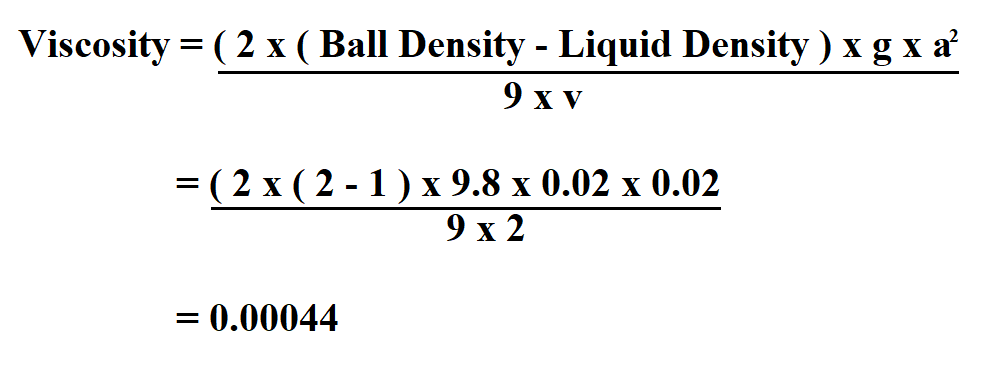


In the case of lubrication, too high a viscosity could result in inadequate oil flow. It also determines how well a quenchant will wet a part during quenching. Viscosity determines film thickness and film strength in machinery and infers the lubrication capability. As temperature increases, the viscosity decreases, and the fluid becomes thinner. The viscosity of a fluid changes with temperature. L and H are obtained from Table 1 of ASTM D2270. Table 1: Example viscosity and viscosity index (VI) of an accelerated quench oil. It is much easier to move a thin fluid (low viscosity) than a thick fluid (high viscosity). For instance, the viscosity of the fluid is important in sizing pumps, to know how hard the pump will have to work to move the fluid. Viscosity is also important in sizing pumps or heat exchangers. Viscosity is used to determine concentration of polymer quenchants. Confirmation tests with flashpoint or other tests can confirm oxidation or contamination.

In oil quenchants, changes in the viscosity can indicate oxidation, or the presence of contamination with a lighter or heavier fluid. Even minor differences in temperature, such as the difference between 100☏ (37.8☌) and 40☌ (104☏) results in typically a 10 percent difference in viscosity. Temperature during measurement must be controlled very accurately, generally to less than ± 0.1☌. This time is dependent on the tube used (capillary size) and the temperature. The time that it takes to drain through a specific volume is the viscosity. After the sample is at temperature, it is pulled by suction to the measurement section. In the viscosity test, the fluid is placed in a specially designed glassware tube (Figure 1) and allowed to equilibrate at the desired temperature. Where μ is the dynamic viscosity, ρ is the density of the fluid, and ν is the kinematic viscosity. Kinematic viscosity is the ratio of dynamic viscosity to density: The (metric) units are g/(cm-s) or centipoise. Dynamic viscosity, or absolute viscosity, is a measure of the internal resistance of the fluid to motion. There are two types of viscosity - dynamic viscosity and kinematic viscosity. Typically, 100☏ and 210☏ are used for kinematic viscosity measurements in English units, and 40☌ and 100☌ are used for viscosity measurements using the metric system. If the viscosity is measured using the metric system, then viscosity is reported in centistokes, or cSt. If the temperature is measured in English units, then the units for viscosity are Saybolt Universal Seconds (SUS).

Viscosity is a measure of a fluid’s resistance to flow at a given temperature. Viscosity and the viscosity index are terms that are applied not only to quenchants, but also to many other areas in machining, lubrication, and tribology. I n this column, we will discuss the viscosity and viscosity index.


 0 kommentar(er)
0 kommentar(er)
